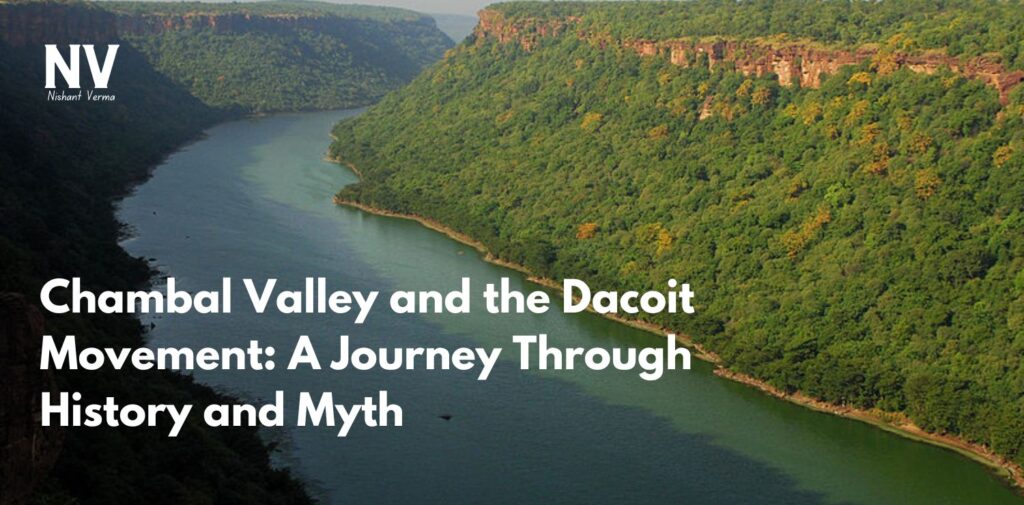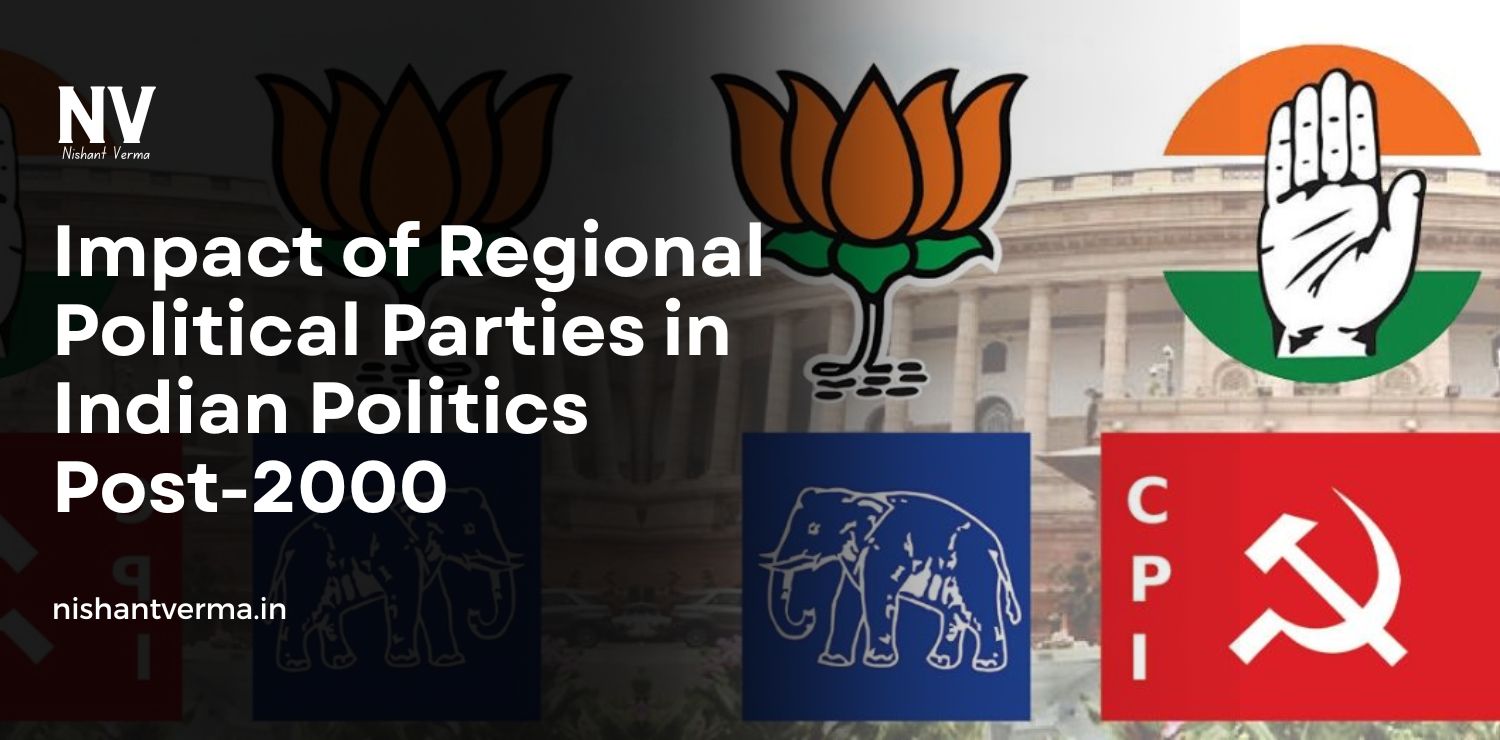The Chambal Valley, located in the heart of India, has long been a place of intrigue and legend. Known for its rugged terrain and vast ravines, the valley became infamous in the mid-20th century as the stronghold of notorious dacoits (bandits) who controlled the region for decades. These dacoits, often romanticized in films and literature, became symbols of resistance, rebellion, and lawlessness. However, beneath the myth of these outlaws lies a complex story rooted in socio-economic conditions, historical injustice, and social unrest.
This article aims to delve deep into the history of the Chambal Valley and its dacoit movement, exploring the causes behind the rise of these infamous figures, the impact of their actions, and how their story has been shaped by Bollywood and literature.
The Geography of Chambal Valley: A Land of Desolation
The Chambal Valley is located at the junction of three states: Madhya Pradesh, Rajasthan, and Uttar Pradesh. It is a dry, barren region with deep ravines and difficult terrain. The landscape itself is hostile to human habitation, with very few roads, making it an ideal hideout for outlaws. The area is also sparsely populated, and for centuries, the government’s influence was weak, which meant that law enforcement was often ineffective.
This natural isolation played a crucial role in the emergence of dacoits. The Chambal River, which cuts through the valley, acted as both a barrier and a resource for the outlaws, enabling them to escape easily and strike at distant targets.
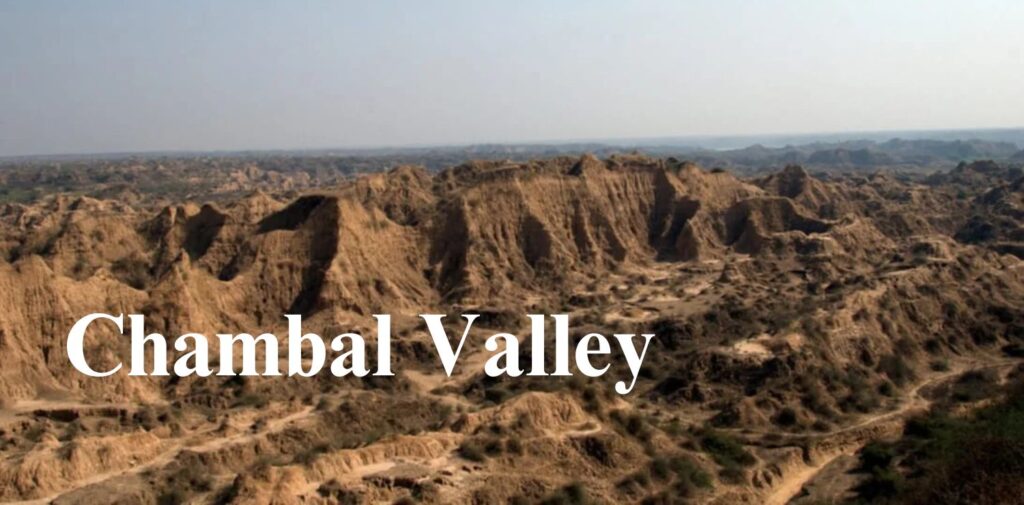
The Rise of the Dacoits: Causes and Conditions
The rise of dacoity in Chambal can be traced back to a combination of socio-economic and political factors. The region’s history of feudalism, caste discrimination, and economic disparity played a key role in shaping the lives of the people and the emergence of dacoit groups.
- Historical Context: British Rule and Land Reforms: Under British colonial rule, the Chambal region, like many parts of rural India, faced widespread oppression. The British policies of land revenue collection (like the Zamindari system) exacerbated the problems of poverty and inequality. Local peasants and farmers were often subjected to high taxes, exploitation by landlords, and a lack of basic rights. The people in the Chambal Valley lived under the control of powerful landlords (zamindars), who were often allied with the British authorities. After India’s independence in 1947, the government attempted to bring about land reforms. However, these reforms were slow to reach the Chambal Valley. Many landless peasants were left without any means of livelihood, while the landlords continued to enjoy political and economic power. This created a fertile ground for the rise of dacoits, who often positioned themselves as champions of the oppressed.
- Caste and Social Injustice: Caste-based discrimination also played a significant role in the emergence of dacoit gangs. Many of the dacoits in Chambal came from lower castes, particularly the Dalits and backward classes, who were marginalized and denied access to land, education, and opportunities. The dacoits often became symbols of defiance against the oppressive caste system. They used their power to challenge social hierarchies and fight for justice in a society that often excluded them.
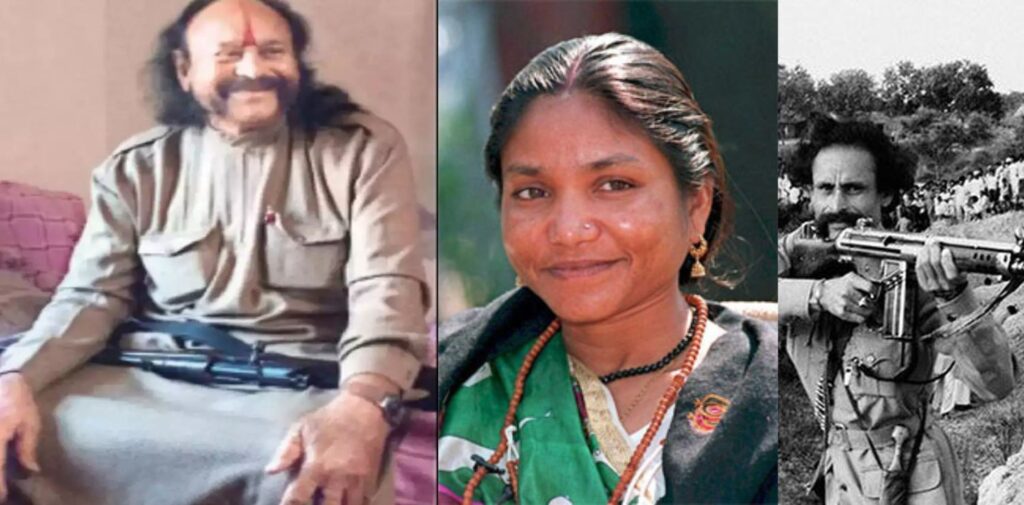
The Infamous Dacoits of Chambal
Several dacoits became legends in their own right, and their stories have become a part of both popular culture and history. Some of the most famous dacoits to emerge from Chambal include Man Singh, Phoolan Devi, and Lakhan Singh.
- Man Singh: The King of Chambal: Man Singh is perhaps the most famous dacoit in Chambal history. He was born in the 1920s and grew up in a family of farmers. His life took a turn when he was wronged by a local landlord. In retaliation, he formed a band of dacoits and began raiding the region, targeting corrupt landlords, moneylenders, and police officers. He was known for his strategic mind, deep knowledge of the terrain, and ability to escape from the law. His band was well-organized, and he even had a code of honor. Man Singh’s reign as a dacoit leader lasted for over two decades, during which he became a symbol of rebellion against the feudal system. His popularity was rooted in the perception that he was fighting for justice, especially for the oppressed.
- Phoolan Devi: The Bandit Queen: Phoolan Devi is another iconic figure in the history of Chambal’s dacoit movement. Born in a poor family in Uttar Pradesh, Phoolan faced a life filled with suffering, abuse, and caste-based discrimination. She was reportedly raped by upper-caste men, which led her to take up arms and join a band of dacoits. Over time, she became the leader of her own gang, known for her ruthlessness in seeking revenge against her tormentors. Phoolan’s story is both tragic and inspiring. She became a symbol of female empowerment and defiance in a patriarchal society. After years of running from the law, she surrendered to the police in 1983, under the guidance of Gandhian social worker Vinoba Bhave, and later became a Member of Parliament.
- Lakhan Singh: The Brave Warrior: Lakhan Singh was another dacoit who rose to prominence in Chambal. He is remembered as a fearless fighter who took on both the police and the ruling elite. He was known for his daring heists and quick escapes. His exploits, like those of Man Singh and Phoolan Devi, have been romanticized in popular culture.
The Surrender Movement: Changing the Fate of Dacoits
By the 1970s, the dacoit problem in Chambal had reached alarming proportions. The government, under the leadership of various political figures, began a crackdown on the dacoit gangs. However, it wasn’t until the intervention of Gandhian leaders like Vinoba Bhave that the dacoit movement began to change direction.
In the 1950s and 1960s, Vinoba Bhave, a follower of Mahatma Gandhi, began working with the dacoits in Chambal, encouraging them to surrender and rehabilitate. His approach was based on the philosophy of non-violence and compassion. Bhave’s efforts were remarkably successful, with hundreds of dacoits agreeing to surrender, abandon their weapons, and reintegrate into society. The most significant of these surrenders took place in 1972, when over 1,200 dacoits gave up their weapons and vowed to lead peaceful lives.
Bhave’s approach was not without challenges, but it marked the beginning of a significant shift in the way dacoits were perceived. Instead of being viewed as mere criminals, many were seen as victims of a broken social system, who had resorted to crime as a last means of survival.
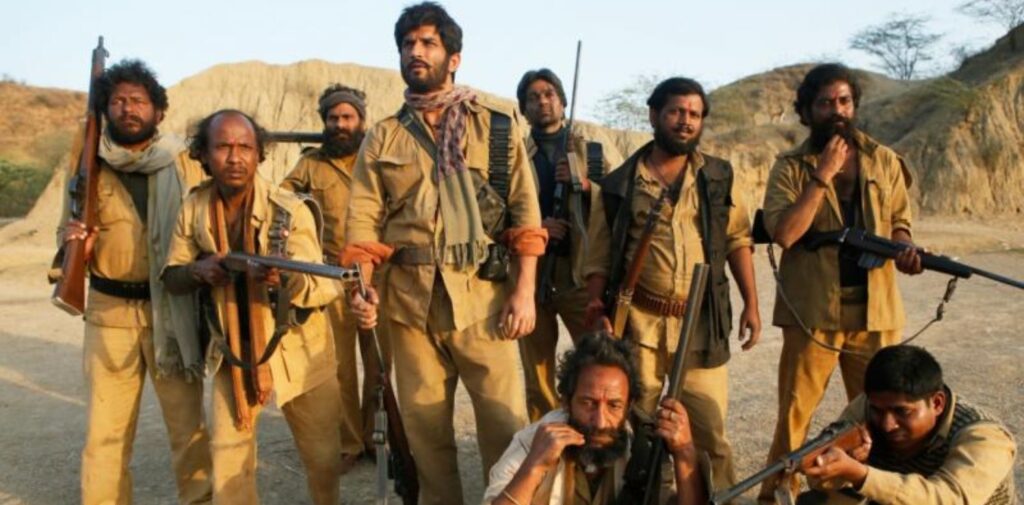
Chambal Dacoits in Bollywood and Literature
The story of Chambal’s dacoits has been immortalized in Bollywood films, literature, and popular culture. The dacoit movement has been the subject of many films, such as “Sholay” (1975), where the character of Gabbar Singh became a cultural icon. Movies often portrayed dacoits as larger-than-life characters—both villains and anti-heroes.
However, these films rarely explored the socio-economic conditions that led to the rise of dacoity in Chambal. Instead, they focused on the drama, the violence, and the thrills associated with these figures. In contrast, authors like Suraj Prakash and David C. McLellan have written about the real-life stories of these dacoits, providing deeper insights into their motivations and the circumstances that led to their criminal activities.
The stories of Phoolan Devi and Man Singh, in particular, have been subjects of both admiration and controversy. Their lives continue to serve as a reminder of the power dynamics that shape societies and the desperate measures people take in response to injustice.
Conclusion: The Legacy of Chambal’s Dacoits
The dacoit movement in Chambal Valley is not just a story of lawlessness and violence, but a reflection of the social, economic, and political challenges faced by marginalized communities. The rise of dacoits like Man Singh, Phoolan Devi, and Lakhan Singh was fueled by systemic oppression, caste discrimination, and economic exploitation.
While their stories have been romanticized in popular culture, the real tragedy of Chambal lies in the fact that these dacoits were, in many ways, the products of a broken system. Today, the Chambal Valley has largely been pacified, with most of its dacoit gangs having surrendered and reintegrated into society. Yet, the legacy of Chambal’s dacoit movement serves as a poignant reminder of the complex interplay of power, poverty, and rebellion.
As we look back on this dark chapter in Indian history, it’s important to remember that the dacoits of Chambal were not just criminals—they were also victims of an unjust system, fighting for survival in a world that had left them behind.

